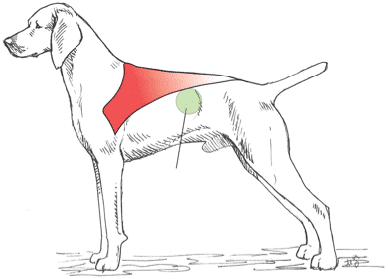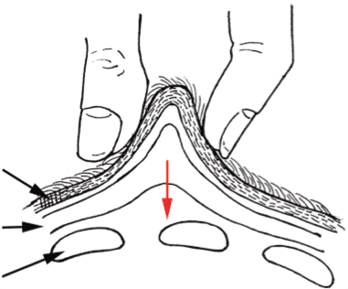Chris Zink DVM PhD DACVP DACVSMR CCRT CVSMT CVA
Chris Zink is a specialist in canine sports medicine and rehabilitation with additional certifications in rehabilitation, chiropractic, and acupuncture. She is the award-winning author of numerous publications, most recently the book Discovering Your Dog, and Fit for Life videos (www.caninesports.com). Chris helped to establish the American College of Veterinary Sports Medicine and Rehabilitation as one of the newest specialties in veterinary medicine, and was named Outstanding Woman Veterinarian of the Year in 2009. As a canine sports competitor, Dr. Zink has put over 200 titles on dogs from five different Groups in Agility, Obedience, Rally, Conformation, Tracking, Hunt Tests, Barn Hunt, Lure Coursing, Fast CAT, Nosework, and Scent Work.











